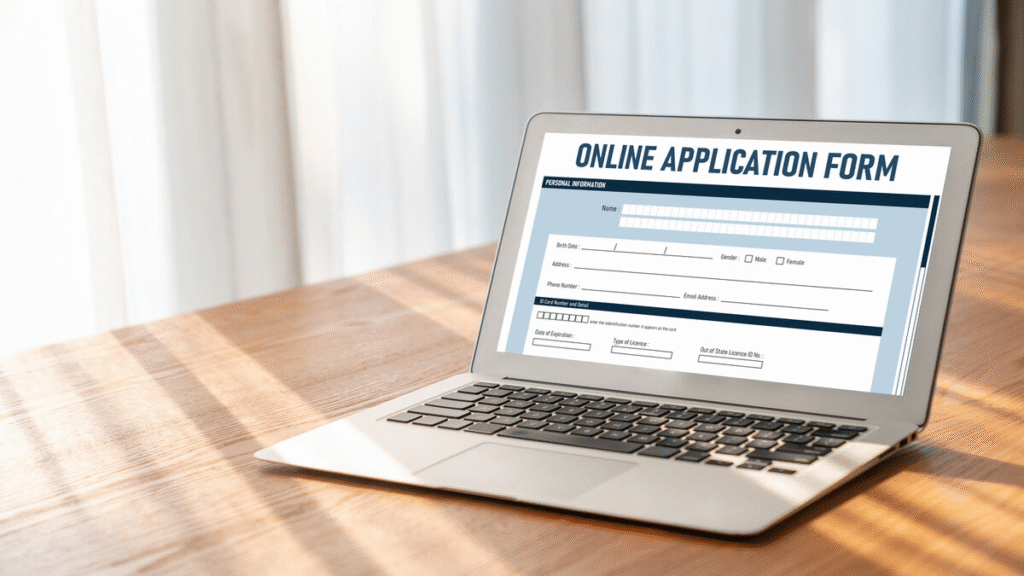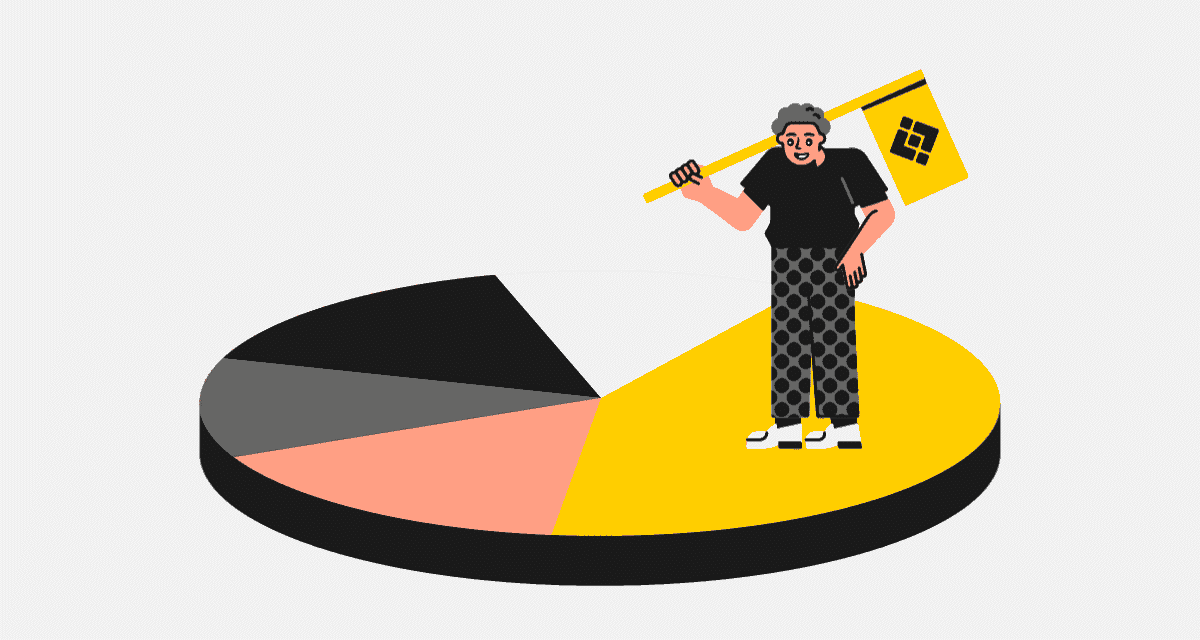In today’s fast-paced digital world, applying for a loan online has become a more efficient, accessible, and convenient process compared to traditional loan applications. Whether you are looking for a personal loan, business loan, or any other type of credit, applying online allows you to access funds quickly and with less hassle. However, despite its ease, many people are unsure of how to navigate the process successfully.
In this article, we will guide you through the steps to successfully apply for a loan online, answer frequently asked questions, and provide key takeaways to ensure your application process is smooth and stress-free.
Key Takeaways
- Know your loan type before applying to ensure you choose the right lender.
- Check your credit score to understand what interest rates and loan terms you can expect.
- Research multiple lenders to find the best interest rates and loan terms.
- Prepare the necessary documents to avoid delays in the application process.
- Complete the application carefully to avoid mistakes that could hurt your chances of approval.
- Review all terms before accepting the loan to ensure it’s the best fit for your financial situation.
Determine Your Loan Type and Purpose

The first step in applying for a loan online is understanding your needs and determining what type of loan you require. There are several loan types, and each serves a different purpose. Here are some common types:
- Personal Loan: For individuals looking to finance a personal project or meet immediate financial needs like medical expenses, home repairs, or debt consolidation.
- Business Loan: If you are a business owner looking to expand, manage cash flow, or cover operating expenses.
- Student Loan: To cover tuition fees, education-related expenses, or refinancing existing student debt.
- Mortgage Loan: For purchasing or refinancing a home.
- Auto Loan: To finance the purchase of a vehicle.
Before you start the application process, clearly identify the loan type that aligns with your financial needs and goals. This ensures that you are applying for the right kind of loan and helps you avoid unnecessary complications later.
Check Your Credit Score
Your credit score plays a significant role in determining the eligibility and terms of your loan. Lenders use your credit score to assess your financial reliability, which influences the interest rate, loan amount, and repayment terms they offer.
- Excellent (750+): You are likely to get the best rates and terms.
- Good (700-749): You may receive favorable terms, though not as ideal as those offered to individuals with excellent credit.
- Fair (650-699): You may qualify, but expect higher interest rates.
- Poor (below 650): Qualifying for a loan may be more challenging, and you may be offered loans with higher interest rates or stricter conditions.
Before applying, check your credit score using free online tools or through your credit card provider. If your credit score is low, consider improving it before applying. Simple steps like paying down existing debt or disputing any inaccuracies on your credit report can help boost your score.
Research Lenders and Compare Offers
Once you’ve decided on the type of loan you need and are aware of your credit score, the next step is to research lenders. A simple online search will bring up numerous options, including banks, credit unions, peer-to-peer lending platforms, and online-only lenders.
To choose the best lender for your needs, consider the following:
- Interest Rates: Compare interest rates across different lenders. A small difference in interest rates can significantly impact the amount you pay over the life of the loan.
- Loan Terms: Ensure that the repayment terms fit your budget and financial situation.
- Fees: Check for any hidden fees, such as origination fees, processing fees, or early repayment penalties.
- Customer Service: Research customer reviews to gauge the lender’s reputation and level of customer support.
Many lenders offer prequalification, which allows you to see potential loan terms without a hard credit inquiry. This is a great way to compare offers without affecting your credit score.
Prepare Required Documents
The next step is to gather the documents required for your loan application. Although the exact documents vary by lender and loan type, common documents typically include:
- Proof of Identity: Government-issued ID (e.g., passport, driver’s license).
- Proof of Income: Pay stubs, tax returns, or bank statements that demonstrate your ability to repay the loan.
- Proof of Residence: Utility bills, lease agreements, or mortgage statements that verify your address.
- Credit History: Your credit report (sometimes requested by the lender).
- Employment Details: Job title, employer information, and employment history.
Having these documents ready ahead of time will streamline the application process and increase your chances of getting approved quickly.
Complete the Online Application Form

With your documents in hand, you can now complete the online loan application form. Lenders typically offer simple, user-friendly interfaces that guide you through the process step by step. During the application, you’ll need to:
- Enter personal details: Name, address, contact information, etc.
- Provide financial details: Income, expenses, and any existing debts.
- Select loan amount and term: Choose the loan amount and repayment period that suit your needs.
It’s important to fill out the form accurately and honestly. Falsifying information can lead to your application being denied or even legal consequences.
Review and Submit Your Application
What type of application is this?
(e.g., job application, university admission, visa, grant, loan, etc.)
Do you want me to review a document or form you’ve already filled out?
If so, you can upload it here, and I’ll review it for clarity, grammar, completeness, and effectiveness.
Are there specific submission instructions or a platform you’re using?
(e.g., uploading to a portal, submitting via email, mailing printed documents)
Identify the Type of Application
Determine what you’re applying for. This affects the format, required documents, and tone. Common types include:
- Job application
- University/college admission
- Visa or immigration
- Grant/scholarship
- Business license or permit
- Loan or financial aid
Gather and Organize Required Documents
Ensure you have everything typically needed. Here’s a general checklist:
| Document Type | Common Examples |
|---|---|
| Identification | Passport, driver’s license, national ID |
| Forms | Completed application form (PDF/online/printed) |
| Letters | Cover letter, statement of purpose, reference letters |
| Resumes/CVs | Updated and tailored to the opportunity |
| Transcripts/Records | Academic transcripts, certificates, test scores |
| Supporting Documents | Portfolios, financial statements, visa photos, etc. |
Let me know if you want a customized list.
Review All Documents
Check for the following:
- Spelling and grammar (upload for review if you’d like help)
- Correct formatting and length (e.g., 1-page résumé)
- Clear, confident, and professional tone
- Tailored for the specific opportunity
- Consistency (e.g., same name, dates match)
Final Checklist Before Submission
Make sure:
- All required documents are attached/uploaded
- File names are professional (
Firstname_Lastname_Resume.pdf) - Documents are in the correct format (PDF is usually safest)
- You’ve followed all platform/portal instructions
Submit the Application
Submission methods can include:
- Online Portal: Double-check each section before clicking submit.
- Email: Write a concise message and attach files. Use a professional subject line.
- In-person or Mail: Ensure everything is signed, dated, and addressed correctly.
Save and Confirm
Note the submission date and any reference number
Save a copy of everything submitted
Screenshot or save confirmation page or email
Wait for Approval and Funding

After submitting your loan application, the lender will review your application and documents. This process may take anywhere from a few minutes to several days, depending on the lender and the complexity of your application.
Many online lenders offer instant approval for certain types of loans, such as personal loans or payday loans, while others may require more time for manual review. Once approved, the lender will provide details about the loan terms and repayment schedule.
If you accept the loan offer, the funds will typically be disbursed to your bank account within a few hours or days, depending on the lender’s processing times.
Also Read :-What Are the Steps to Successfully Apply for a Loan Online?
Conclusion
Applying for a loan online is a straightforward and efficient process if done correctly. By following the steps outlined in this article—determining your loan type, checking your credit score, researching lenders, preparing the necessary documents, and carefully completing your application—you can increase your chances of getting approved and securing favorable loan terms.
Online loans offer the convenience of quick access to funds, but it’s essential to approach the process with care. Take your time to compare offers, understand the terms, and ensure that you can comfortably repay the loan.
FAQs
- Is it safe to apply for a loan online?
Yes, as long as you apply through a reputable and secure lender. Look for lenders with secure websites (indicated by HTTPS) and check reviews for reliability. - Can I apply for a loan online with bad credit?
Yes, many online lenders offer loans to people with bad credit. However, expect higher interest rates and less favorable terms. - How long does it take to get approved for an online loan?
Approval can be instant or take a few days, depending on the lender and loan type. - Can I get a loan without a credit check?
Some lenders offer no-credit-check loans, but be aware that these loans may come with higher interest rates and fees. - How much can I borrow through an online loan?
Loan amounts vary based on the lender, your credit score, and your financial situation. Personal loans typically range from $1,000 to $50,000 or more. - What is the minimum income required to apply for a loan online?
This varies by lender and loan type, but most lenders require a steady source of income, typically above $1,000 per month. - What happens if I miss a payment?
Missing a payment can result in late fees, a lower credit score, and possibly defaulting on the loan. It’s crucial to stick to your repayment schedule.
